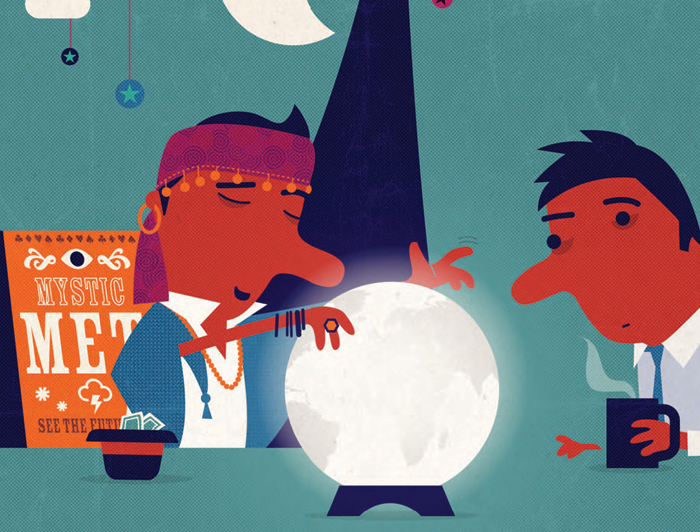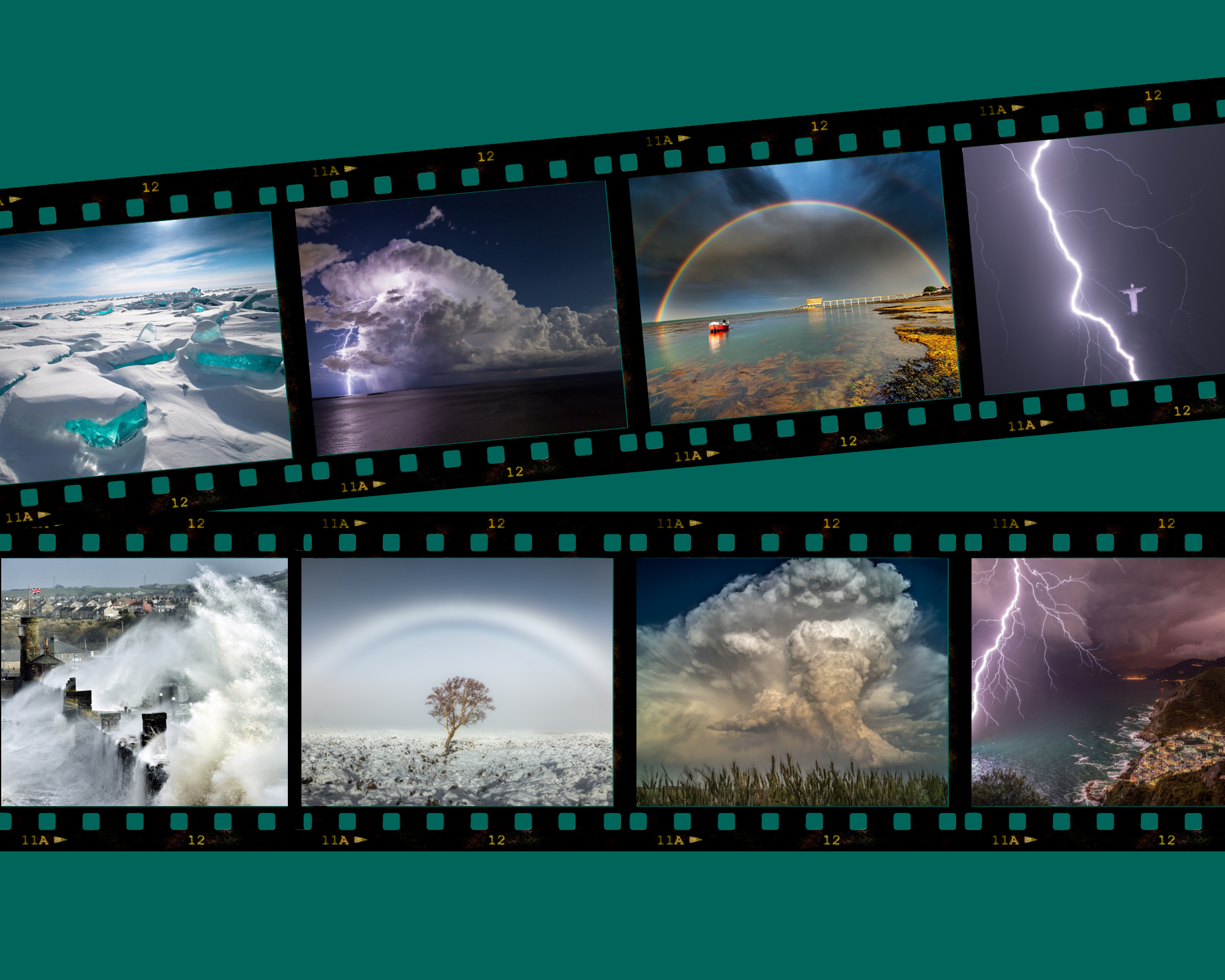

Paul Hardaker on the future of public weather forecasting:
Each year, as a member of the public, you pay for a public weather service. You won’t have been sent a receipt for this or noticed it appearing in your list of direct debits. That’s because it is a range of different government departments that pay for this on your behalf – and what excellent value you get for it. These departments meet together as the Public Weather Service Customer Group to make sure that public interests are represented, that the services are of a high quality and that they are value-for-money to you, me and every other taxpayer.
Not convinced? Well let me tell you why you should be. In my humble opinion our public weather service, provided by the UK’s National Meteorological Service, better known to all of us as the Met Office, is among the very best in the world. At the heart of this service are the national severe weather warnings that are there to help protect life and property from severe weather events and civil emergencies that are impacted by weather conditions. These cover all sorts of severe weather, from high winds to flash floods.
These early warnings are issued when there is a 60% or greater confidence that the severe weather is expected in the next few days. In more severe cases, flash warnings are issued – this means that there is an 80% or greater confidence that severe weather is expected in the next few hours.
But it’s not all about severe weather. The observations and forecasts you can find on the Met Office’s website for your local area are part of the public weather service and give you instant free access to a wide range of forecast information. That’s all well and good I hear you say, but how good is the forecast? Well one way of expressing the improvement in accuracy in recent years is that the public weather service forecasts for two days ahead are now as good as those for one day ahead were 10 years ago, and what is exciting from a scientific perspective is that there is no sign that we have reached an impassable limit in terms of improvement. A recent independent review showed that the public weather service saves hundreds of lives each year and delivers a value of some £353 million to the UK taxpayer - bankers eat your heart out.
So what’s next for public weather forecasts? Well my view is that the next big development should be a greater increase in the use of probabilities. Most forecasts come with a degree of uncertainty. Uncertainty varies in different types of weather conditions - sometimes we can be very sure of the forecast and sometimes less so. Communicating this nuance to the public is a real challenge and not a very familiar part of how the weather forecasts are presented at the moment. It is a very different story in other countries. For instance, if you have ever been on holiday in the USA and watched one of their weather forecasts you will know what I mean, and I can guarantee that it will be very different to what you are used to in the UK.
Television presentations of the weather, whatever part of the world they are in, will always be limited by the amount of information they are able to show in the time that they have. However more and more people make use of the web for additional weather information. This and the development of weather forecasts for digital ‘red button’ channels will enable far more probabilistic information to be presented. I know this will allow people to get much more from weather forecasts than is possible at the minute. Well, probably.
"



